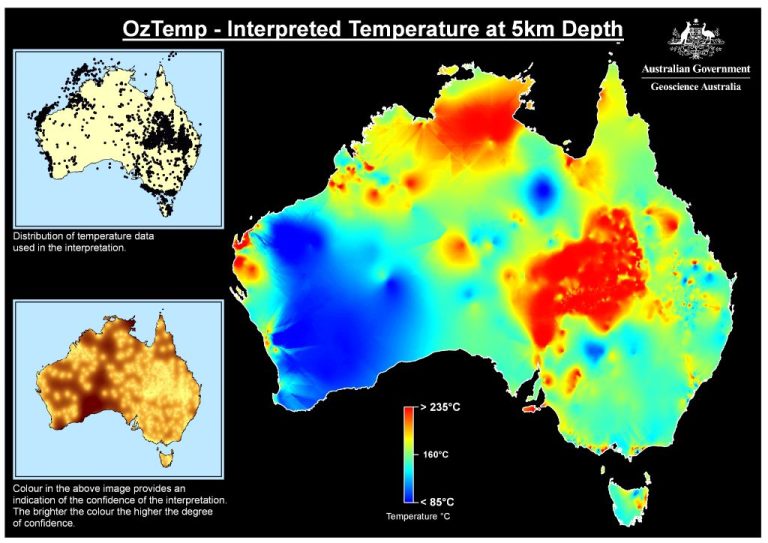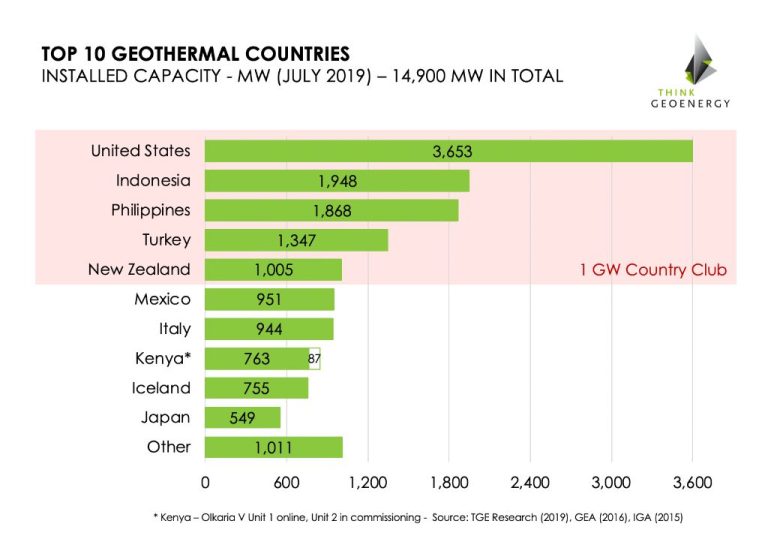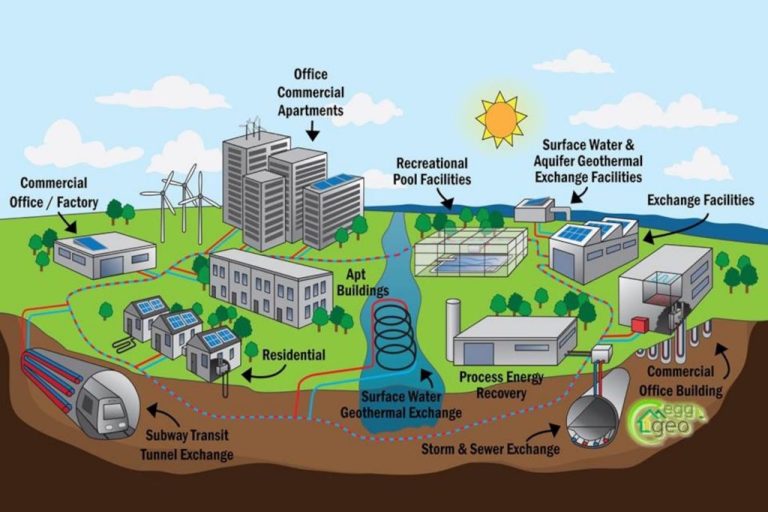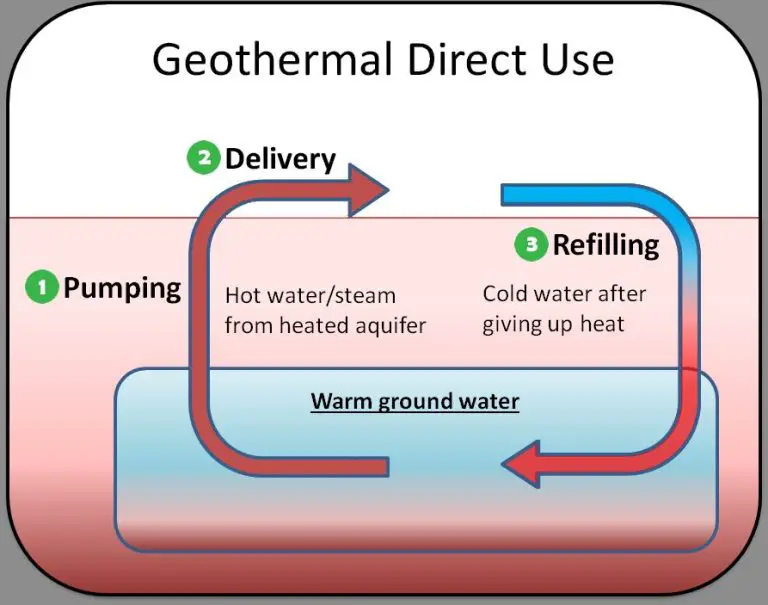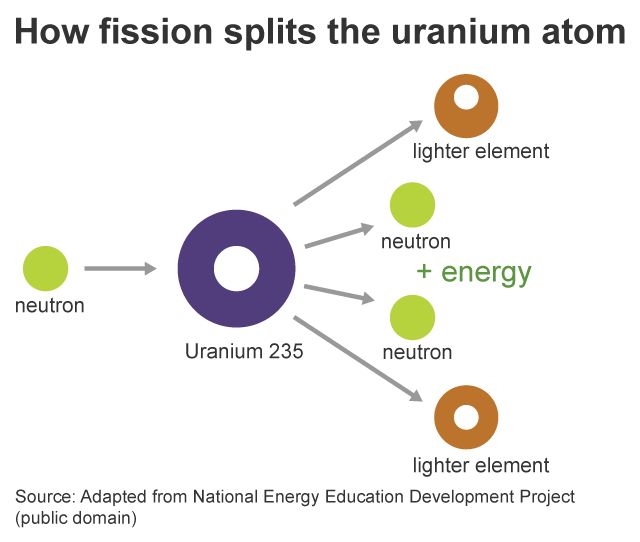Geothermal Energy Sustainability: Unveiling Challenges And Solutions
Geothermal energy is thermal energy generated and stored in the Earth. It is a renewable source of energy that utilizes heat from the Earth’s interior for electricity generation, heating and cooling applications. Geothermal power plants tap into reservoirs of hot water found a couple of miles or more below the Earth’s surface to produce steam that drives a turbine and generates electricity. Geothermal energy offers a sustainable solution for meeting energy needs while reducing greenhouse gas emissions and dependence on fossil fuels.
However, while geothermal energy does provide environmental and economic benefits, it also comes with challenges around high upfront costs, resource uncertainty, induced seismicity, and water usage. This article will provide an overview of geothermal energy and its sustainability benefits, while also unveiling some of the key challenges and solutions to scale up geothermal energy production in an environmentally and socially responsible manner.
Geothermal Energy Overview
Geothermal energy is thermal energy generated and stored within the Earth. It originates from the original formation of the planet, radioactive decay of minerals, and residual heat from the sun. The geothermal gradient, which is the difference in temperature between the core of the planet and its surface, drives conduction of thermal energy in the form of heat, which radiates from hot rocks and fluids in the Earth’s crust upwards towards the surface and downwards towards the core.
There are three main types of geothermal energy systems used to generate electricity:
- Direct geothermal systems use hydrothermal convection of hot water or steam from deep wells drilled 1-2 miles into underground reservoirs.
- Enhanced geothermal systems pump water into hot dry rocks at depth to create a geothermal reservoir, then extract the heated water via production wells.
- Geothermal heat pumps use shallow underground pipes to exchange heat with the earth for space heating and cooling.
Geothermal energy provided about 0.3% of global electricity generation in 2020. Current hotspots for geothermal power include the U.S., Philippines, Indonesia, Turkey, New Zealand, Mexico, Italy, and Iceland. Iceland leads in adoption, with geothermal supplying about 25% of all its energy needs.
Environmental Benefits of Geothermal Energy
Geothermal energy has several major environmental advantages over conventional fossil fuel power plants. Unlike coal, natural gas, and oil, geothermal plants emit little to no greenhouse gases that contribute to climate change. The steam and hot water used to generate electricity comes directly from the earth, so geothermal systems have near-zero emissions of carbon dioxide, methane, and other pollutants.
The carbon footprint of geothermal plants is estimated to be just 5-10% of that from a coal plant. Some geothermal systems even have net negative emissions because they capture and offset carbon dioxide that would otherwise escape from below ground. This makes geothermal a clean, renewable baseload resource to transition away from fossil fuels.
Additionally, geothermal power plants have a small physical footprint relative to other energy sources. While a coal plant requires thousands of acres for mining and facilities, a 50 megawatt geothermal plant uses less than a quarter square mile of land. The actual facility is compact, with modular wellheads that take up minimal space. This preserves more natural land compared to large-scale solar or wind farms.
Economic Benefits
Geothermal energy provides significant economic benefits at both the utility and consumer level. The most notable economic advantage of geothermal power is its low and stable energy costs.
The fuel for geothermal electricity production – heated underground water – is free. This results in very low and predictable operating and maintenance costs, making geothermal power extremely cost-competitive with conventional fuel sources. Geothermal power plants have capacity factors of over 90%, compared to around 30% for wind and solar energy. This high capacity factor translates into low electricity prices.
In addition to low operating costs, geothermal power does not experience fuel price volatility like coal and natural gas. Geothermal electricity prices remain steady over time, providing price stability for both utilities and consumers.
Geothermal energy is also a domestic energy source, being produced locally rather than imported. Developing geothermal power enhances national energy security and keeps energy spending within local economies.
Social Benefits
Geothermal energy development can provide significant social benefits, especially for rural communities. Geothermal plants are often built in remote locations near the resource. Constructing and operating these plants creates many permanent jobs in areas with limited economic opportunities. In the western U.S., geothermal power plants employ around 6,500 full-time workers, many in rural counties with high unemployment rates.
In addition to direct employment, geothermal projects create economic ripple effects. Local restaurants, hotels, and other businesses benefit from the influx of workers. Property values and tax revenues also increase, providing funds for schools, infrastructure, and public services.
Geothermal energy also expands energy access. Plants can provide power directly to isolated communities off the grid. The reliable baseload power can displace diesel generators, improving air quality and public health. Overall, geothermal projects bring important socioeconomic opportunities to rural areas in need of investment.
Upfront Costs
One of the biggest challenges facing geothermal energy is the high upfront capital costs required to build geothermal power plants. The initial investment to drill geothermal wells and construct the power plant infrastructure is very high compared to other renewable energy technologies like wind and solar. Building a new geothermal power plant can cost between $2-4 million per installed megawatt of capacity, which is 2-8 times higher than building a natural gas power plant.
In addition to the high drilling and construction expenses, it takes significant time and effort to confirm the size and quality of the geothermal resource during exploration. This involves extensive geological surveys, test drilling, resource analysis, and permitting. All of this must happen before construction can even begin, adding to the upfront costs.
The high initial capital expenditure combined with a long project development timeline of 5-7 years on average, means that the payback period for geothermal projects is long. It can take decades for geothermal power developers to fully recover their upfront investments and become profitable. This exposes developers and investors to substantial financial risk if the geothermal resource ends up underperforming expectations after the time and money has already been spent.
Resource Uncertainty
One of the major challenges facing geothermal energy is the uncertainty around resource availability. While geothermal energy resources are abundant globally, the extent and quality of resources are not fully known or proven in many areas. This creates financial risks for companies looking to develop geothermal plants, as substantial investments are required for exploratory drilling to assess resources.
Exploratory drilling is an expensive endeavor, with costs quickly running into the millions of dollars. The geothermal industry has a high rate of unsuccessful exploratory wells, sometimes finding resources that are insufficient or improper for commercial power generation. This represents sunk costs for project developers. The risks associated with exploratory drilling often deter investment in unproven geothermal resources.
Induced Seismicity
One of the main concerns surrounding geothermal energy projects is the risk of induced seismicity, or minor earthquakes, caused by injecting water into deep wells at high pressures. This water injection can lubricate existing faults in underground rock formations, causing them to slip and release seismic energy.
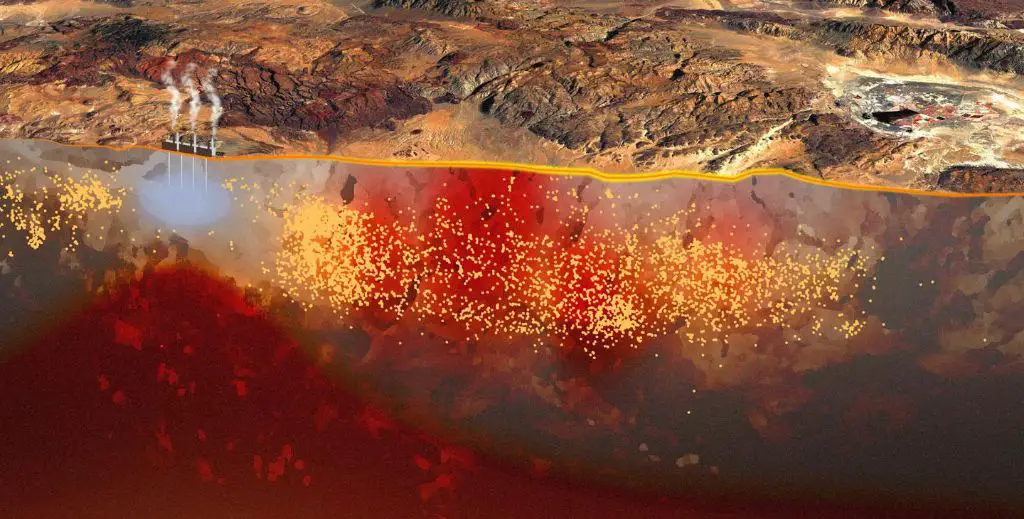
While most induced seismic events register below 3 on the Richter scale and are not felt at the surface, some larger magnitude earthquakes over 5M have occurred near geothermal sites. A series of earthquakes in Basel, Switzerland in 2006 reaching up to 3.4M halted an enhanced geothermal system project there.
Understandably, the possibility of human-caused earthquakes from geothermal operations raises public concerns over seismic risks. Residents near proposed projects often oppose them out of fear of tremors damaging buildings or disrupting daily life. This presents a challenge for the geothermal industry to site, design and operate projects to minimize seismic impacts.
Strategies like avoiding known fault zones, using lower injection pressures, real-time seismic monitoring, and traffic light warning systems can help mitigate induced seismicity. Open communication with local communities about actual seismic risks is also important for securing public acceptance.
Overall, induced seismicity remains a key sustainability issue for geothermal requiring careful management. But with proper precautions, seismic risk should not be a barrier to geothermal’s expansion as a renewable baseload energy source.
Water Usage
Geothermal power plants require substantial amounts of water for cooling and steam generation. This can be concerning in areas where water resources are already scarce. Some geothermal systems, like enhanced geothermal systems (EGS), can use over a million gallons of water per megawatt hour produced. This level of water consumption is much higher than other renewable energy sources like wind and solar PV.
Depending on the technology used, between 25-60% of the water used in geothermal plants is consumed and lost through evaporation. The rest can be recycled and reused, but the consumption still raises concerns about straining water supplies. This is especially true in arid regions where water resources are already limited.
In places like the western U.S., where many prime geothermal sites are located, water usage and potential depletion of groundwater resources is a major challenge. Careful management of water supplies and conservation efforts are needed to ensure geothermal plants do not adversely impact regional water resources over time.
Policy and Technology Solutions
While geothermal energy offers many benefits, it also faces challenges that can be addressed through policy initiatives and technological innovation. Key solutions in these areas include:
Subsidies and Incentives
Governments can provide tax credits, grants, preferential loan rates, and other financial incentives to lower the upfront capital costs of geothermal projects. These help make projects economically viable and encourage further geothermal development. Subsidies have successfully boosted growth in countries like the U.S., Philippines, and Indonesia.
Enhanced Geothermal Systems
New techniques like enhanced geothermal systems (EGS) can tap heat from greater depths through hydraulic fracturing of deep rock formations. This expands the potential of geothermal energy beyond conventional hydrothermal resources. EGS could unlock geothermal capacity in areas lacking natural reservoirs.
Low-Water Consumption Systems
Dry cooling systems and hybrid wet-dry cooling using minimal water can reduce freshwater usage for geothermal plants. Binary cycle power plants can also limit water consumption. These technologies allow geothermal development even in water-scarce regions.

